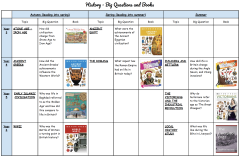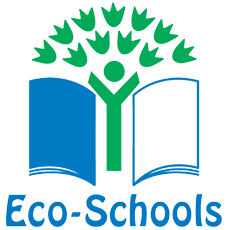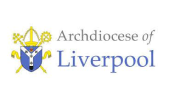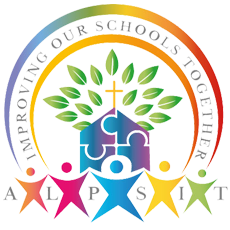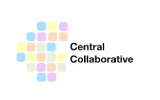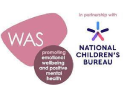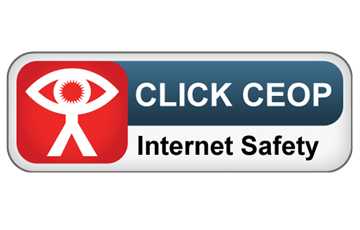History
In our school, we deliver a bespoke history curriculum that is knowledge rich in content and covers all statutory elements of the National Curriculum. In our school, the history curriculum enables children to gain a strong understanding of life in Britain in the past and make links to other ancient civilisations. Clear, sequential learning is planned with key knowledge and vocabulary mapped into every lesson.
Each topic is built around a question. Through the use of this ‘Big Question’ at the start of each topic, children are encouraged to be inquisitive, ask questions and ‘think like a historian’ through historical inquiry and interpretation of information and sources in lessons. Many of our English units of work and reading lessons link to our history curriculum to provide children with additional depth and in addition to this, we have a history curriculum book spine to ensure our history curriculum is rich in reading.

Our curriculum is chronologically sequenced so that by the end of their journey at SMMJ, children will have developed a chronological understanding of British history from the Stone Age to the present day. Within our units of work, the first lesson will always focus on chronology. Our children will know the meaning of the terms: civilisation, empire, conquer, invader and settler. They will have studied a number of world civilisations and will recognise the natural resources that early civilisations needed to be successful and will know why some civilisations wanted to conquer other countries and will explain the impact on life both back then and in modern day society.
Children have knowledge organisers which provide them with the key knowledge and vocabulary needed for each unit and these are used in class to support retrieval and quizzing activities. Children take their history books right through school with them, so they are able to refer back to learning in previous year groups and make links and connections.
Example Knowledge Organiser:

|
Our curriculum has been structured to ensure historical themes are revisited so that children will develop a deeper and more nuanced understanding as they progress through the curriculum: Reading is an integral part of our curriculum at SMMJ; in every history lesson, children are exposed to a non-fiction text which is read and explored as a key pedagogical tool to gather information about life in the past. Through ‘double page spreads’ at the end of topics, children are encouraged to be independent and reflective thinkers and respond to the ‘Big Question’, drawing upon their acquired key knowledge from their sequence of learning to answer in as much detail, using historical vocabulary to explain their thinking and opinions. |

